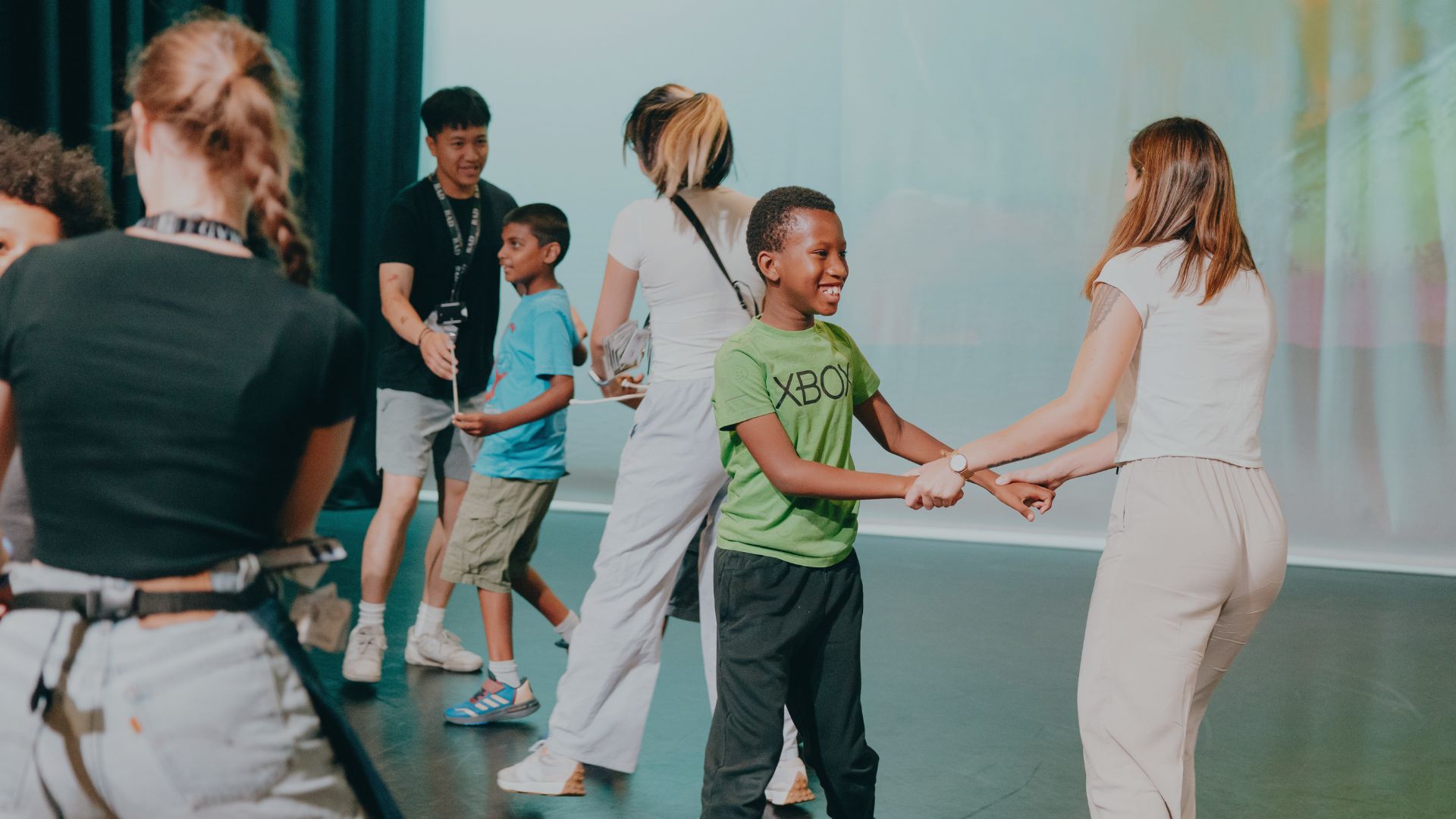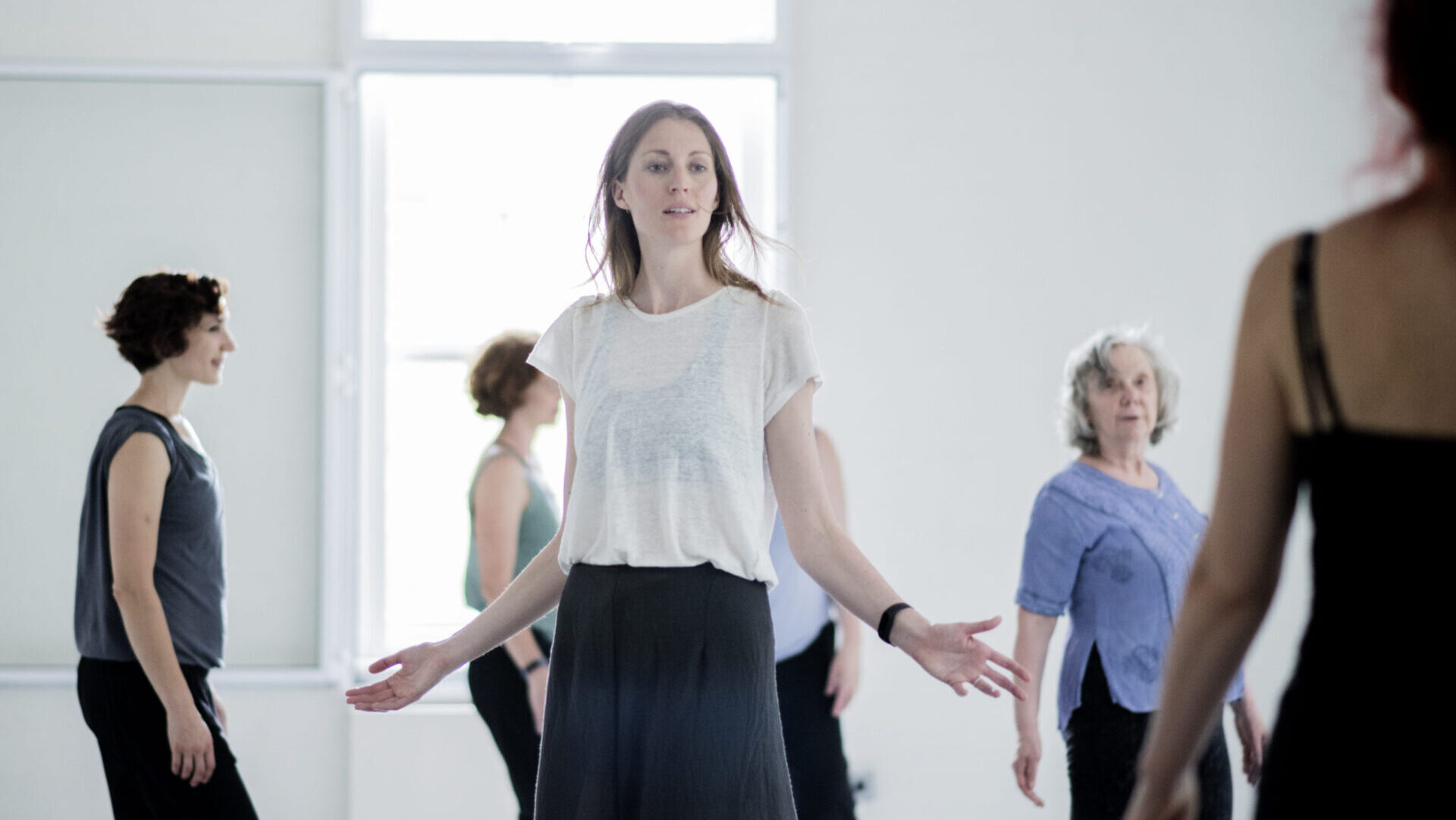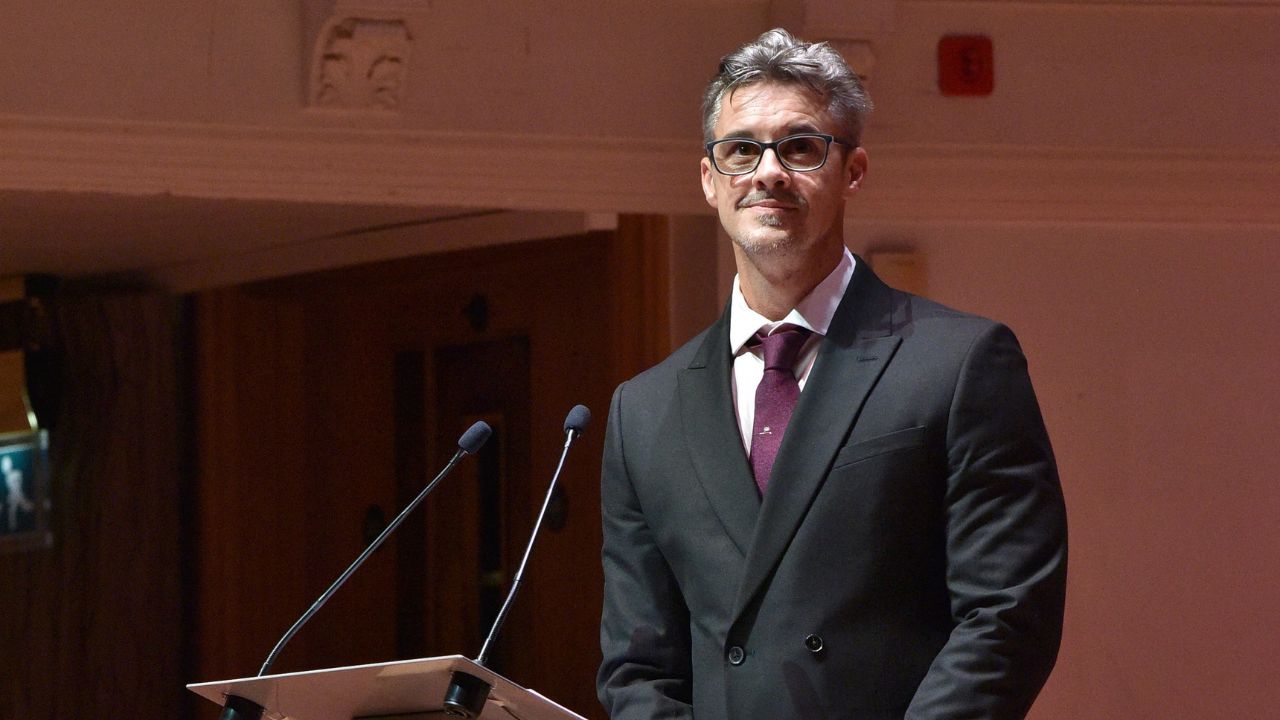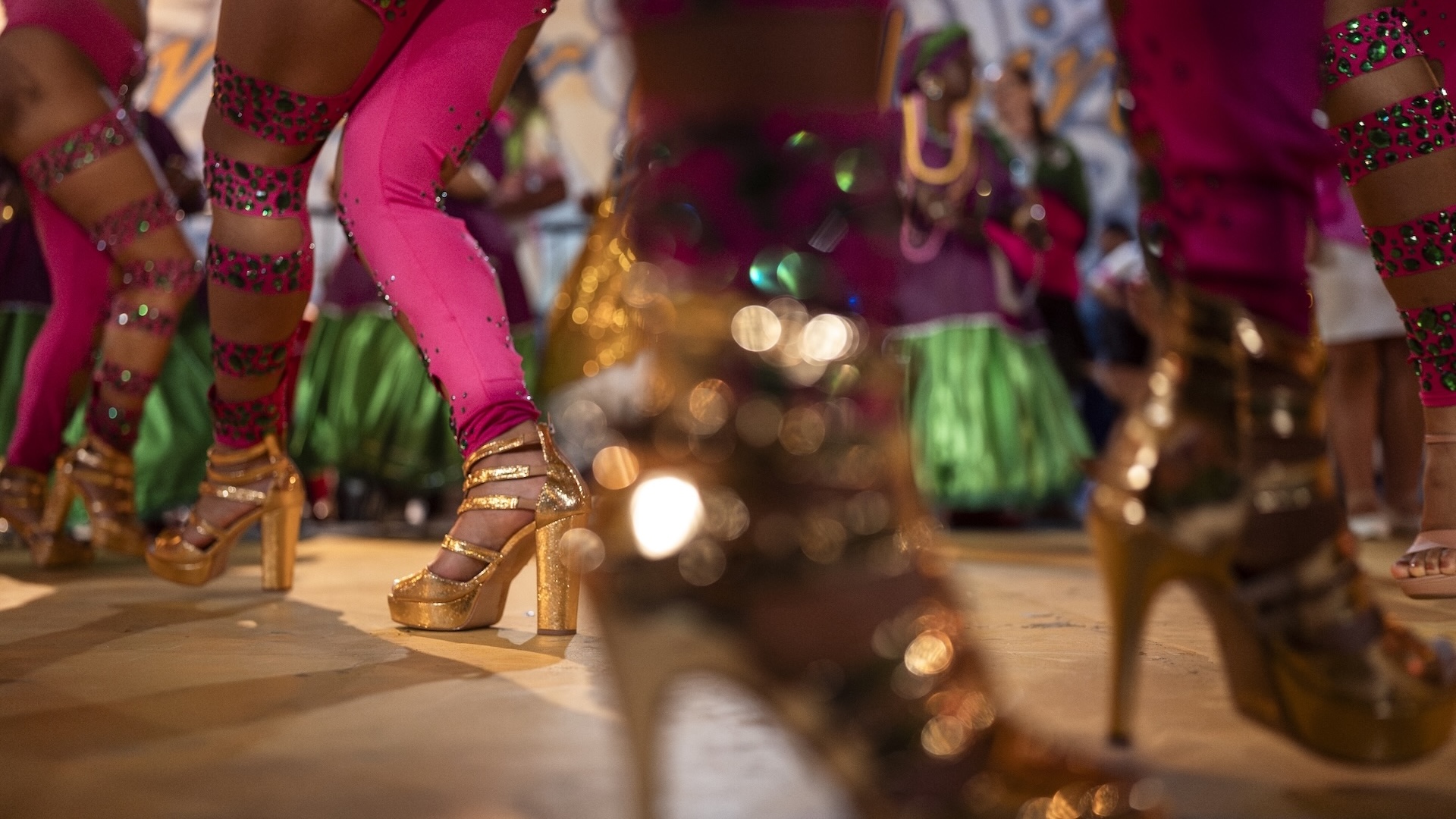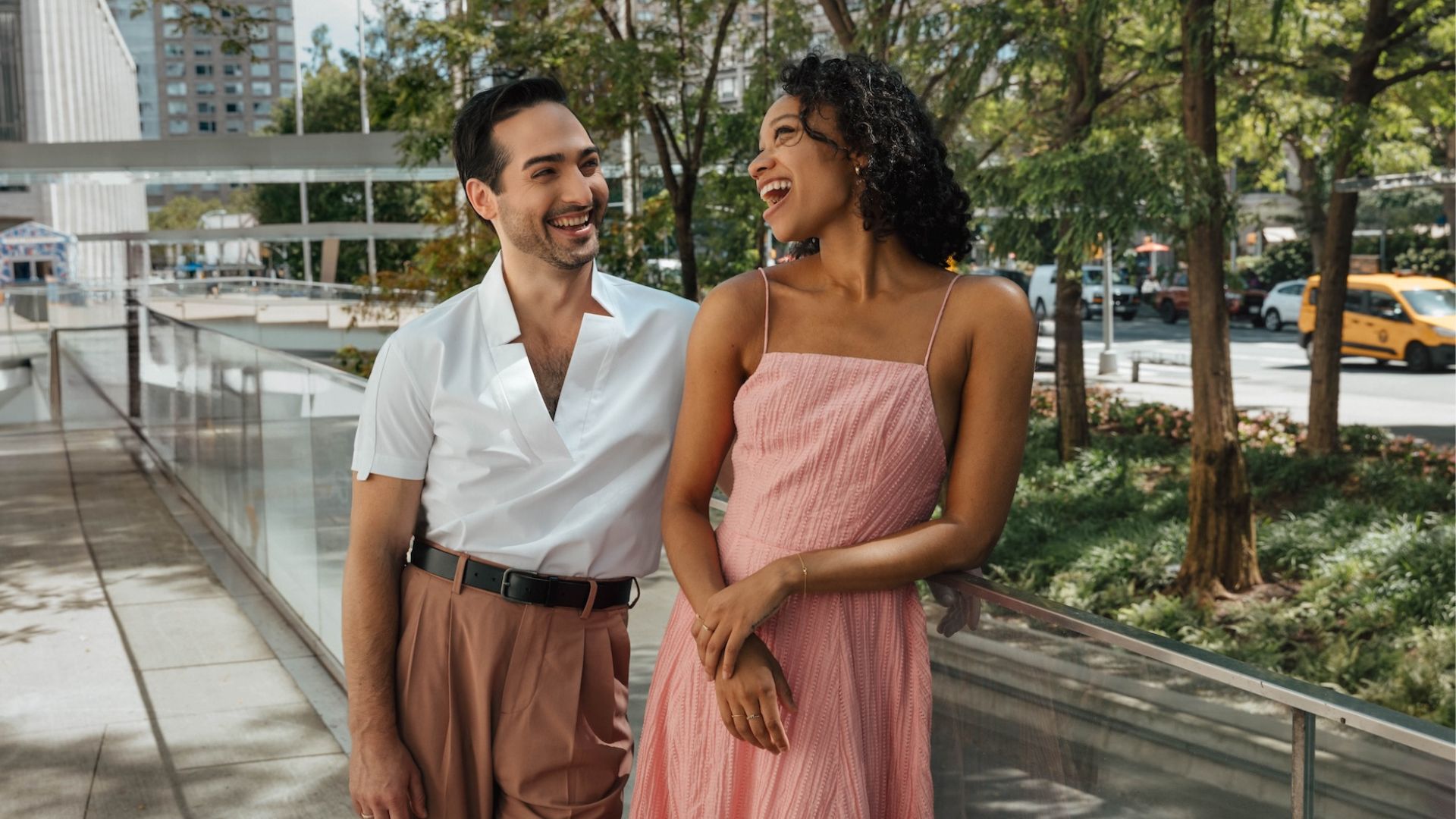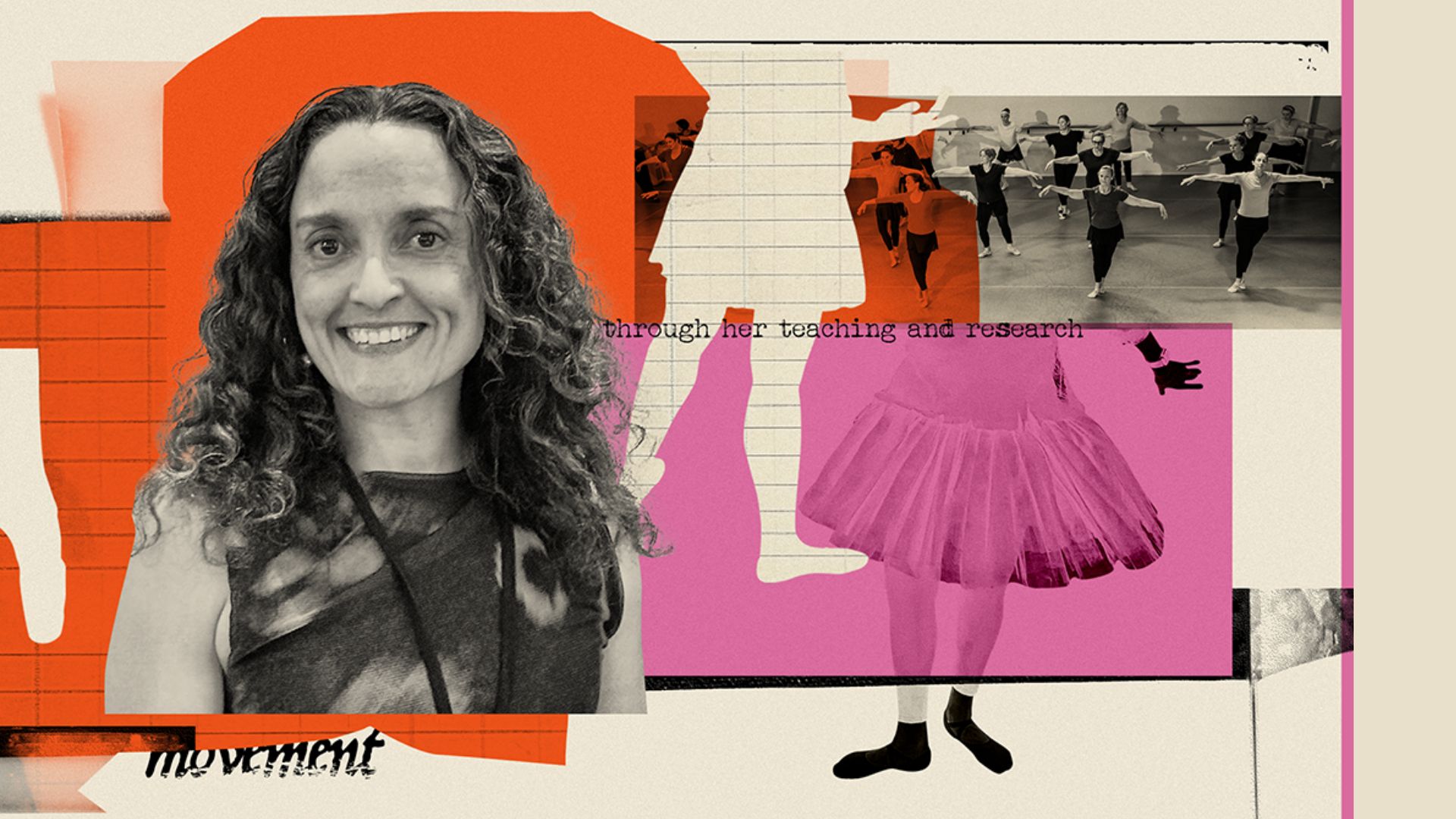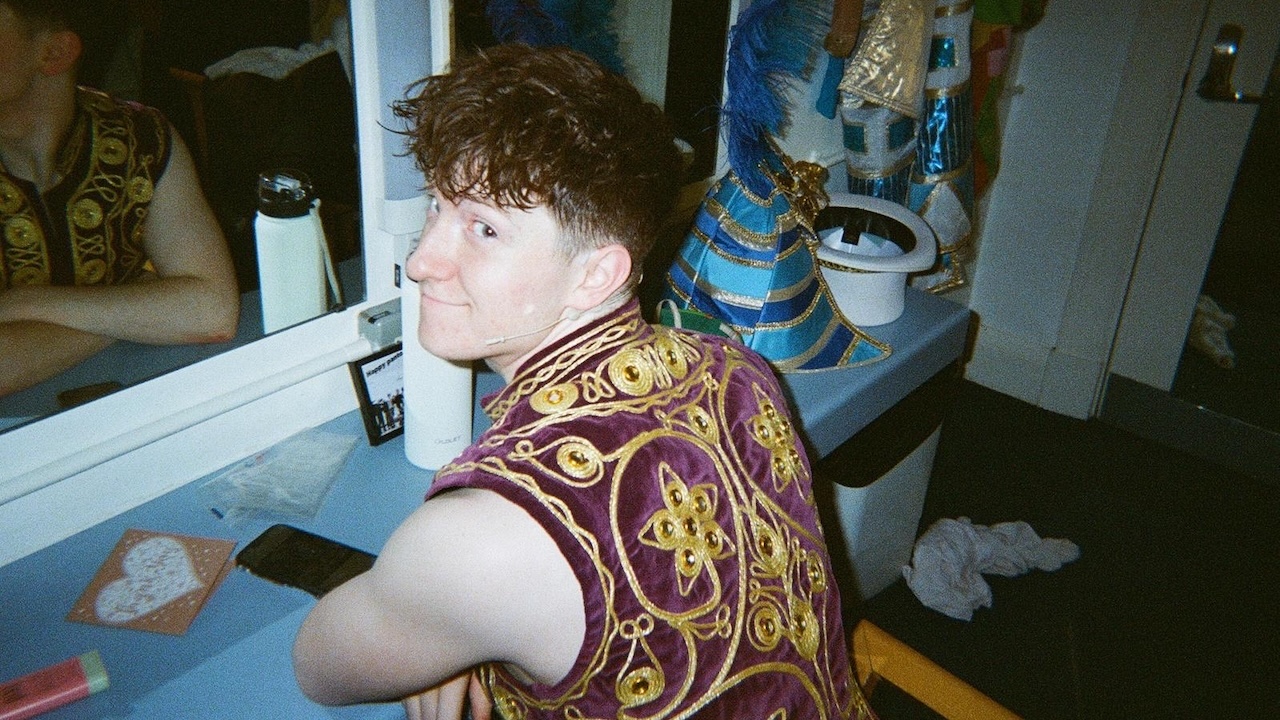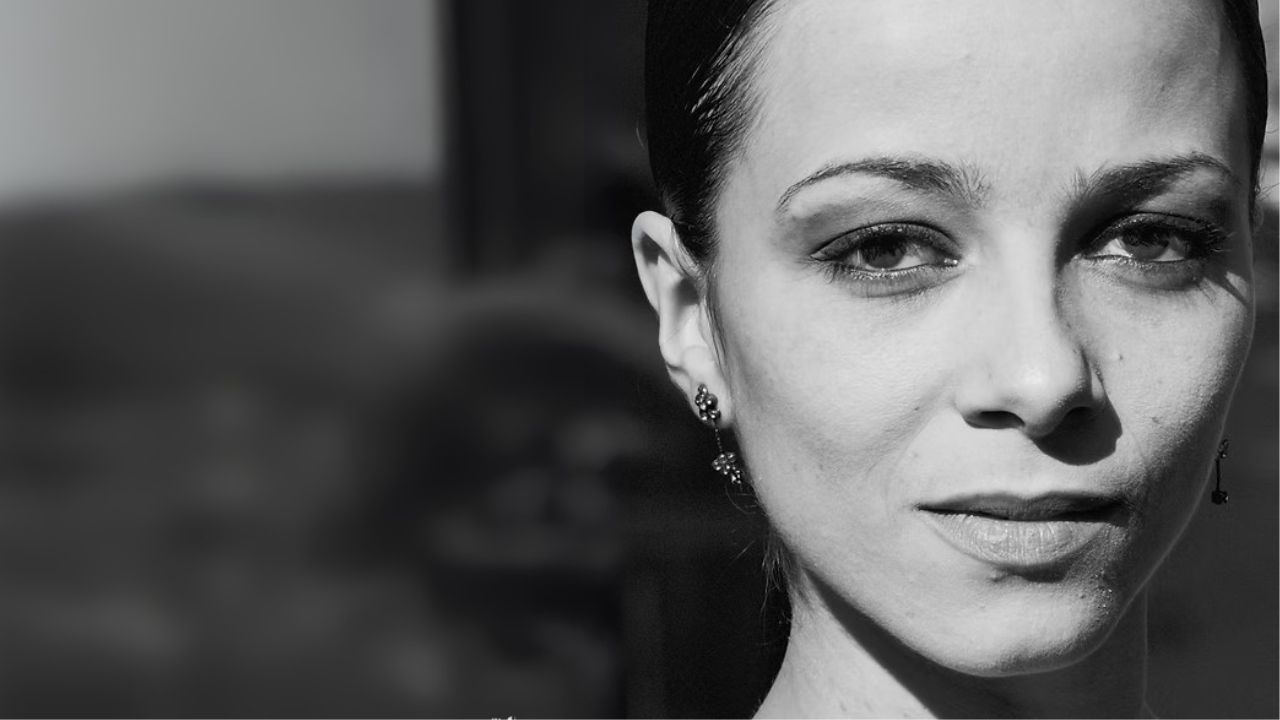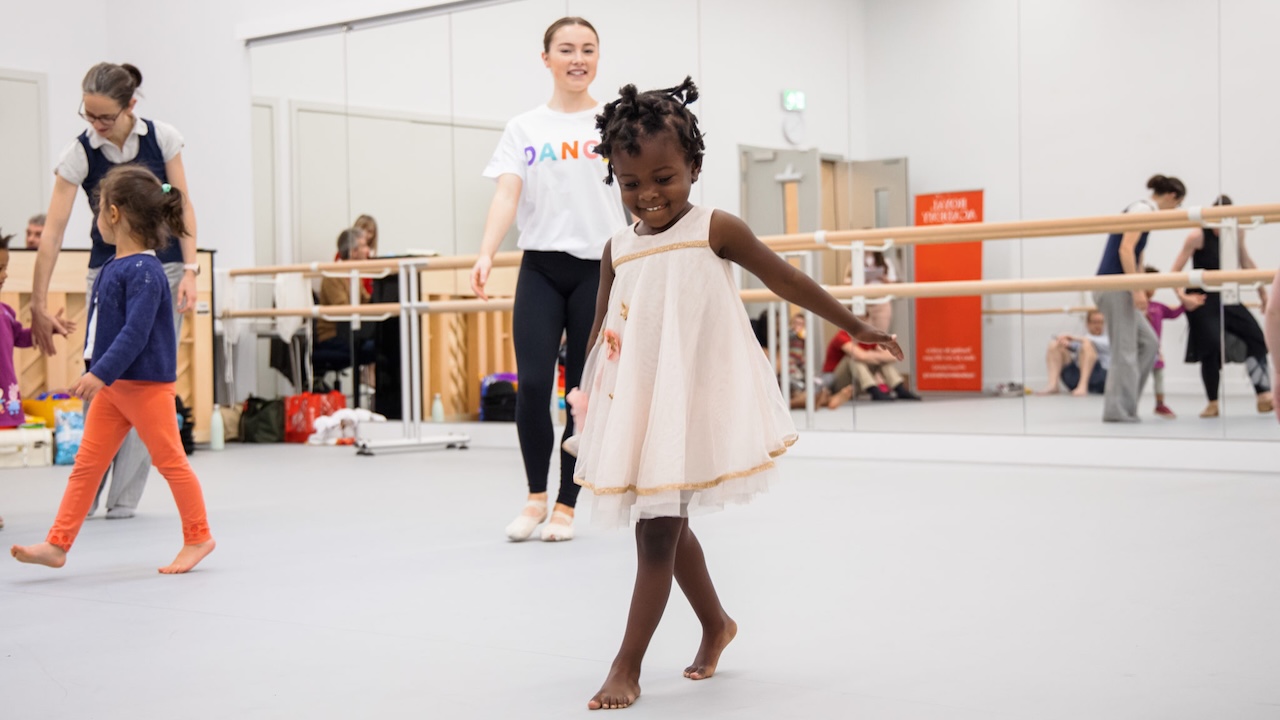Dance has been described as the hidden language of the soul and a way to express emotions that words cannot. It’s also one of our earliest forms of universal expression. Those rudimentary actions and movements we all perform as toddlers are often expressions of pure, unadulterated happiness. Indeed, what makes dance special is the range of emotions it encapsulates, the barriers it breaks down and the joy it gives.
However, this intrinsic joy must be met with a commitment to ensure dance is not a gated community but an open floor for all. True inclusivity means dismantling barriers and redesigning the traditional class to be genuinely accessible for autistic and neurodivergent individuals.
This requires moving beyond invitation to intentional adaptation: embracing sensory-friendly environments, offering multiple modes of communication, and training educators to understand that, just as every dance is different, every class too contains multitudes, which enrich the world of dance and the community of dancers.
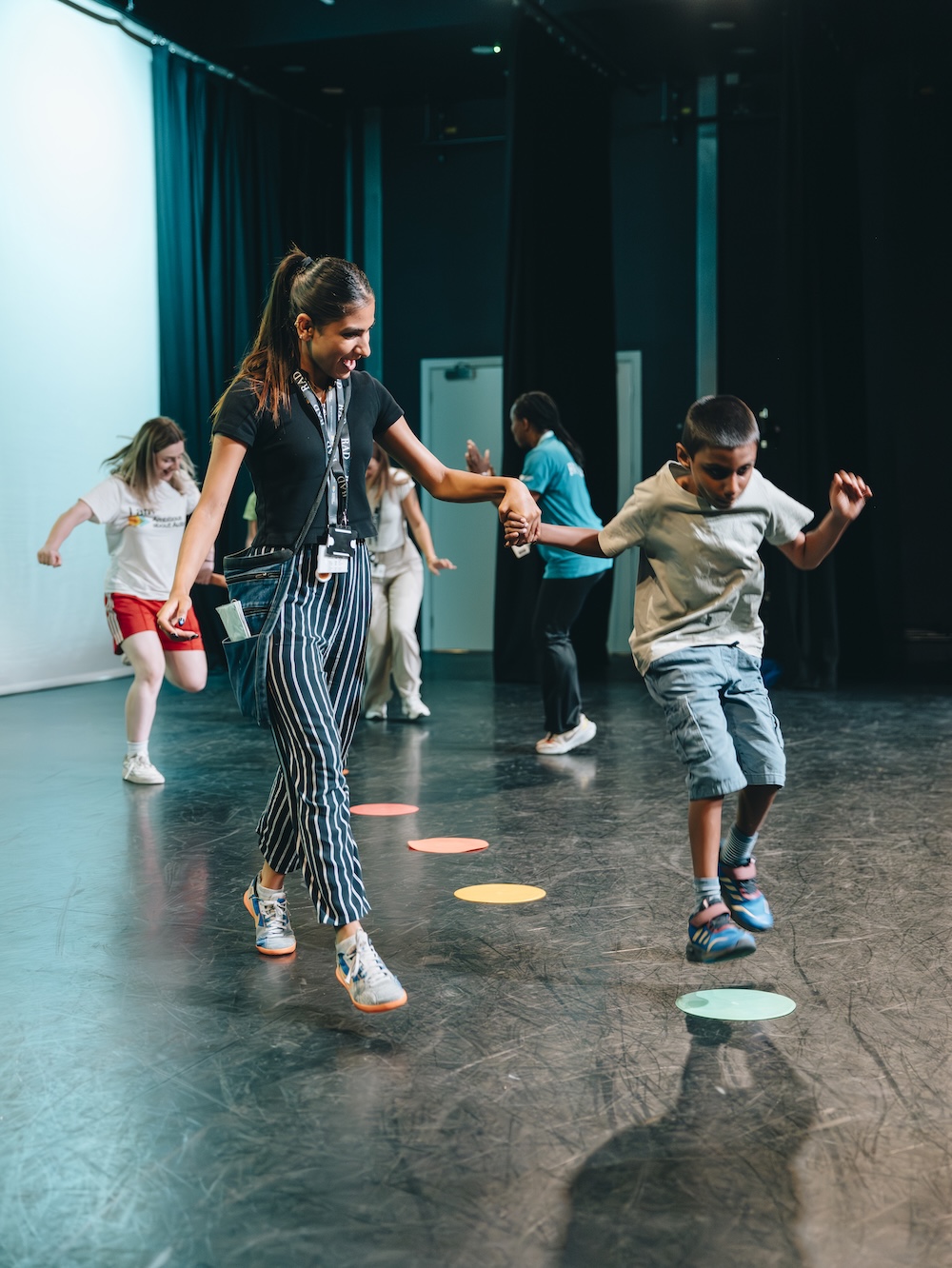
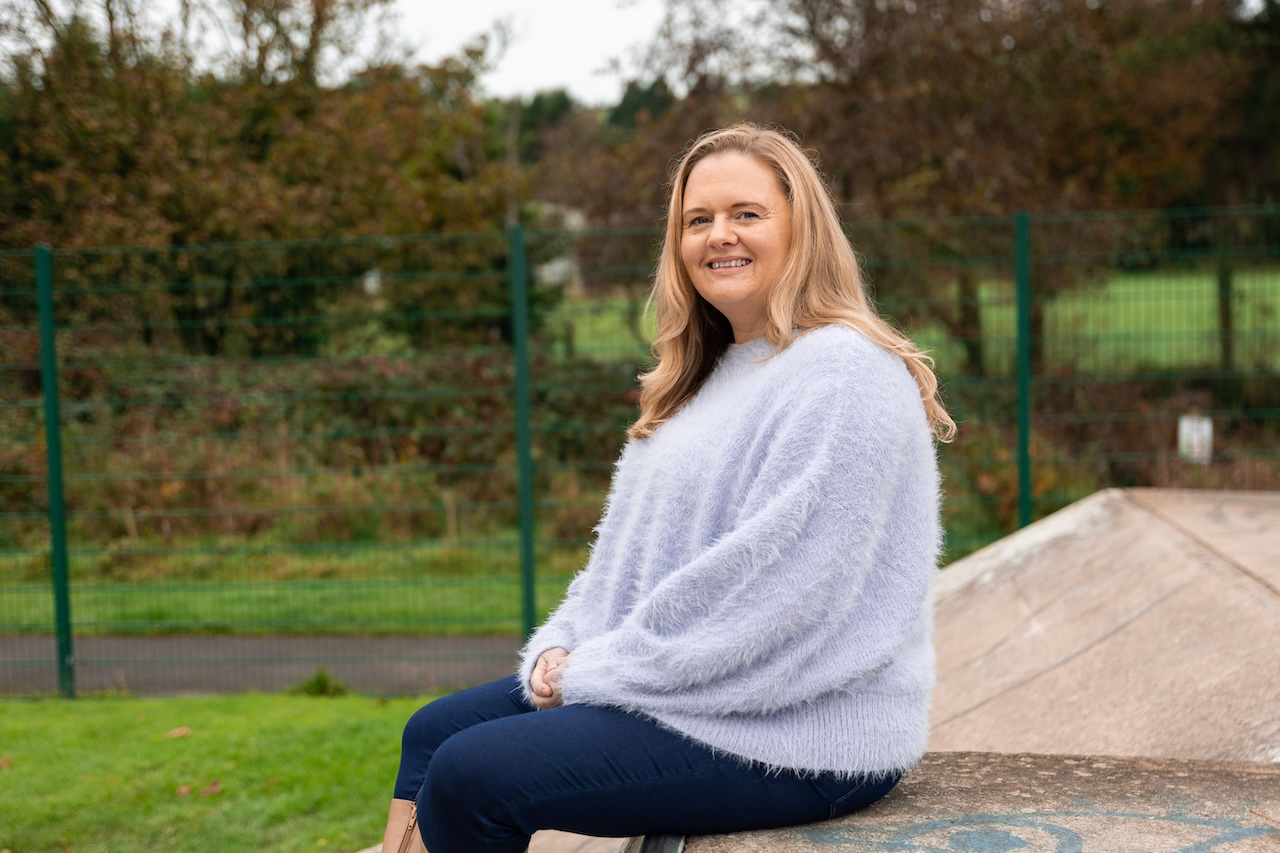
‘Dance is for everyone – but that’s meaningless if we don’t design it for everyone’
Evaleen Whelton
‘Freedom to feel joy’: the trainer
When the joy of movement is made accessible, we unlock a world of potential, self-expression and community. Evaleen Whelton, founder of Cork-based AUsome Training, tells me that ‘autistic people experience huge joy when we have the freedom to do so. Dancing is a huge part of that.’
Whelton received an autism diagnosis in 2014 at the age of 37. At that point she had been teaching drama but her diagnosis greatly informed her approach from that point on. A key focus is the anxiety and trauma autistic people often face. ‘I suppose a lot of what we think is autism is actually distress,’ Whelton says. ‘It’s really important people understand this, so that you’re not adding to that.’
She also addresses the social aspect: how we can better interact with autistic people. This is particularly important, she said, as ‘a lot of people have fear,’ compounded by lingering stigma around the subject. For example, some parents may still hesitate to tell a teacher that their child is autistic, creating challenges in providing support.
If Whelton has a basic philosophy in the workshops she runs with dance educators, it is to meet people where they are at. It sounds deceptively simple, but it is practical and impactful.
For instance, she explains that some autistic people find eye contact uncomfortable or even painful, requiring significant adjustment in a society taught to distrust this. She also emphasises understanding co-occurring conditions, like Ehlers-Danlos syndromes, and cautions strongly against talking to people like they’re ‘babies’. ‘People move in different ways and learn in different ways. Autistic people are often very interest-driven,’ she says, noting the natural draw towards dance for those with deep passions.
Having worked with the Royal Academy of Dance, she points out that ‘sometimes language can be a barrier,’ with dance artists unsure what terms to use on adverts, websites and enrolment forms. She advocates moving the conversation away from a narrative of disorder and towards discussing an individual’s sensory needs.
One highly effective tool is a ‘passport’ that will help identify a child’s signs of distress, what calms them, and their interests. ‘At least a teacher has some bit of information,’ she said, adding that ‘inclusivity is giving people choice. A child might sit and watch for weeks – that’s participation too.’
Whelton’s work also focuses on broader profiles of autism, such as the ability to hyper-focus and concentrate deeply, as well as the concept of autistic joy. ‘Dance is for everyone,’ she says, ‘but that phrase is meaningless if we don’t intentionally design it with everyone in mind.’
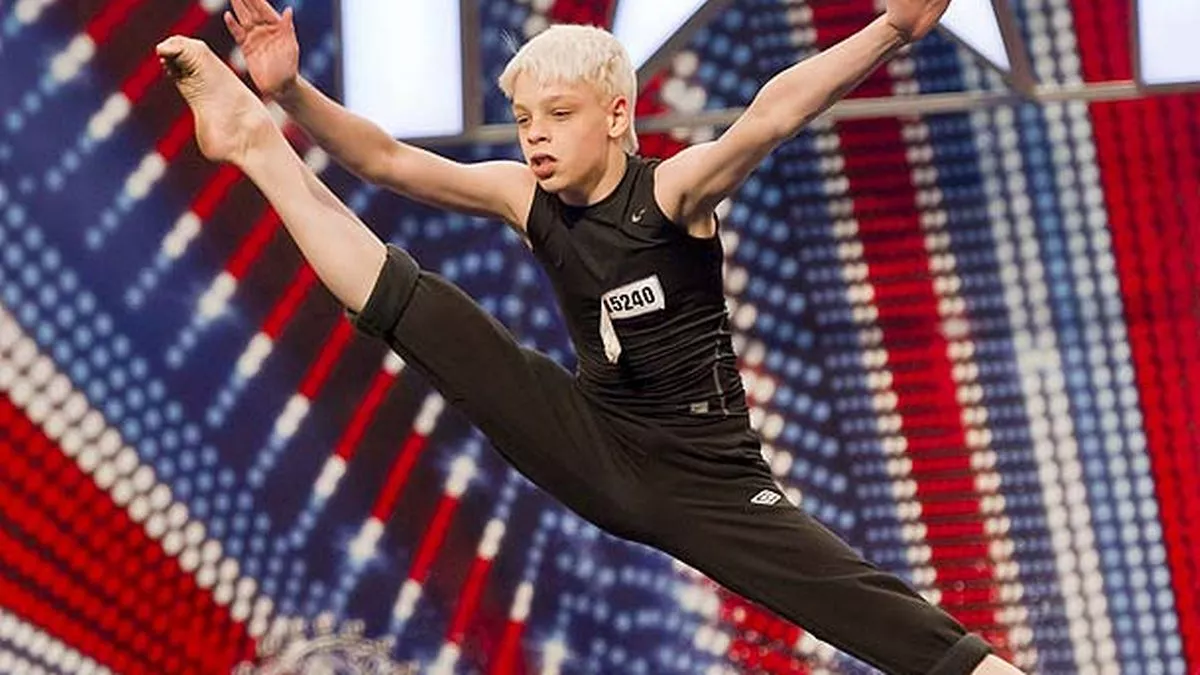
‘Everyone is different’: the dancer
James Hobley grew up in northeast England and started dancing at six. Diagnosed with autism at three, his developmental milestones were met later than his peers; he started walking ‘very, very late’ and didn’t speak until he was five. Doctors advised a special needs school and even surgery for his habit of walking on his tip-toes, suggesting he might need a wheelchair.
However, a flyer for a local dance school changed his life’s trajectory. His mum brought him to the Anita Brown School, where he learned to dance for three years before moving to Thompson’s School of Dance to study ballet. From there, Hobley enrolled with English National Ballet School, appeared on Britain’s Got Talent, performed in sold-out shows at the O2 and Wembley Arena, and toured with Scottish Ballet. He thinks dance has been pivotal in his growth.
‘I believe dancing has helped my brain in so many ways,’ he says. ‘If I hadn’t started dancing I don’t know if I would have made such tremendous improvement in such a small space of time.’ He is grateful for the chance, especially as no one in his family had ever danced up until that point.
At Anita Brown’s school, he wasn’t treated differently – rather, as he explains, ‘she got to know us all on a very individual level.’ Dance quickly took over his life with classes and competitions, further intensifying when he started ballet aged ten.
As a dancer with autism, Hobley stresses the need to readjust teaching expectations for mixed classes. ‘It’s about understanding that individuals learn at their own pace, because everyone is very different.’ For example, he recounts that some dancers can struggle with combinations, which can be misconstrued as laziness or not concentrating at higher ballet levels. ‘Autistic people don’t have the same capacity for certain things,’ he explains. ‘It’s about understanding that individuals learn at their own pace and reach their own goals, and even pick up choreography and steps at their own pace because everyone is very different in that regard.’
This lack of understanding can lead to painful incidents, like a teacher asking why they didn’t ‘get that exercise right’ in front of others. Once a teacher even introduced Hobley to the class, highlighting his autism: ‘that was humiliating.’
While Hobley recognises that there is now greater awareness of autism and neurodivergence, he’s unsure if it is always heeded at higher levels of the profession. Now a teacher himself at the Core Centre of Performing Arts in Grimsby under Annabelle Alzalam, he incorporates lessons from his own life experience.
Aware that new spaces can cause vulnerability, he uses fun games to ease students in.
Hobley teaches a range of groups, both kids and adults of all abilities, and above all, he loves the ‘passion and the joy and the community’ among everyone from six-year-olds to 50-somethings. ‘I suppose that is the beauty of dance,’ he says. ‘It can be done at any age and any level.’
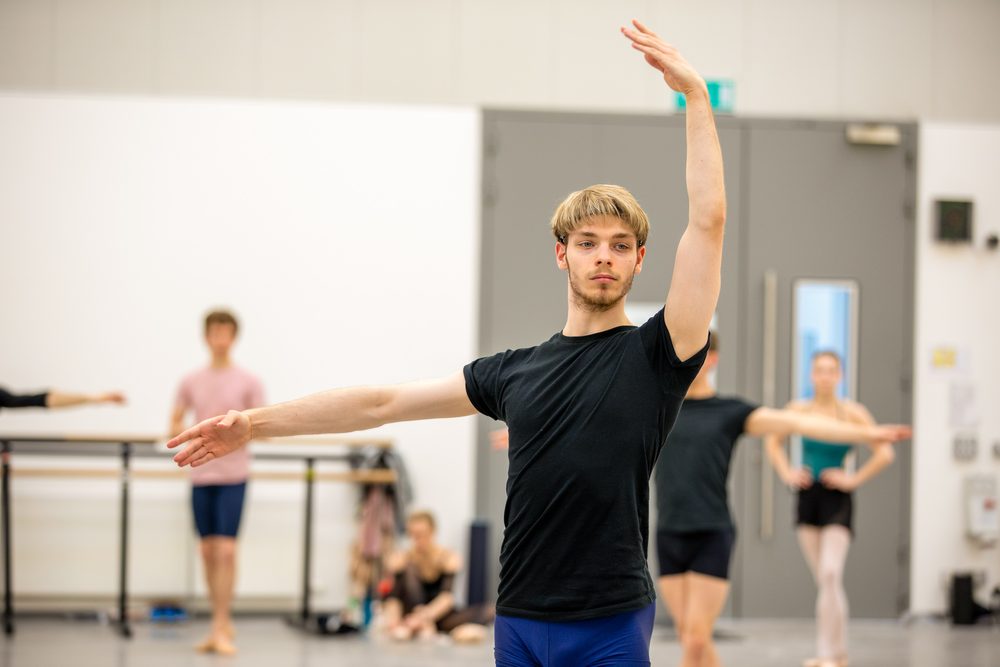
‘Dancing has helped my brain in so many ways’
James Hobley
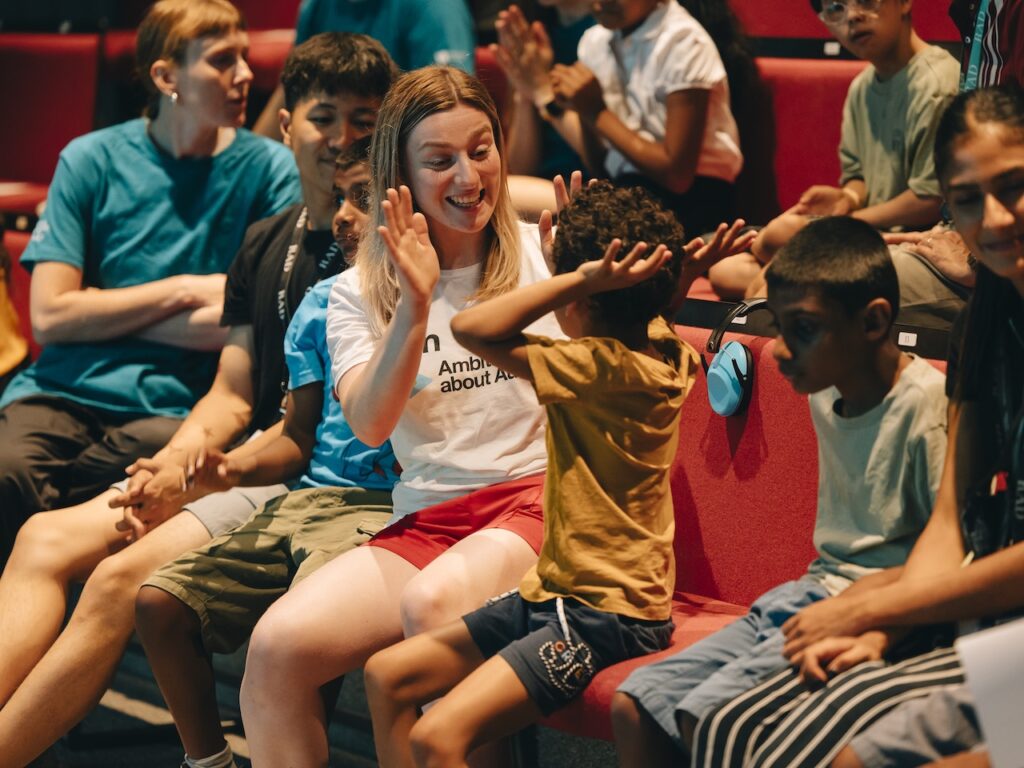
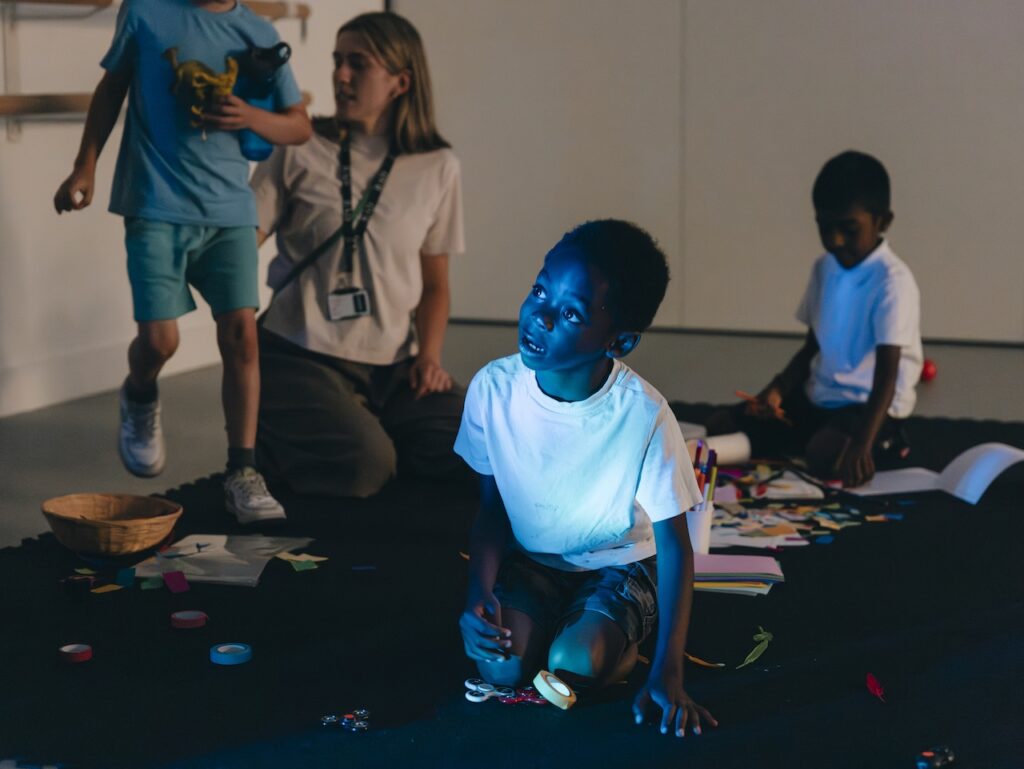
‘Dance sessions are reciprocal’: the researcher
Emma Jones is a dance artist and a research and coordination officer with RADiate, an inclusive programme in London primary schools run by the RAD. The classes, which include autistic children, are mainly during school hours but also held at RAD’s headquarters.
According to Jones, no two sessions look the same. ‘That’s because each class is pitched to meet the needs of the children in that class,’ she explains, with each artist’s unique style heavily influencing the session.
A typical class starts with a greeting, followed by a warm-up and a main creative exploration involving travelling across space and exploring different movements. A cross-curricular approach is key; artists will use topics from school as a touchstone. Sessions end with a cool-down. ‘We’ll use a range of different props to stimulate the senses,’ says Jones, ‘and a wide variety of music to evoke different qualities.’
The sessions are uniquely child-led. In essence, dance is a conversation through movement and artists react and respond to students to guide the session. ‘It’s quite reciprocal,’ Jones said, and provides opportunities for self-expression.
The benefits extend beyond the class, especially in SEN (Special Educational Needs) schools, offering a different way to access learning. This includes social skills like turn-taking and listening, and opportunities to communicate through movement.
Artists are supported through continual professional development, including observation and feedback. For Jones, the programme’s special power is giving students and parents access to extracurricular activities, something often denied to children with special educational needs.
Dance has so much to offer and to give; all it asks in return is participation and guidance. That is something every child should be offered
‘We use a wide range of props and music to stimulate the senses’
Emma Jones
JJ O’Donoghue is a journalist, and founder and editor of Tripe + Drisheen, based in Cork, Ireland.

